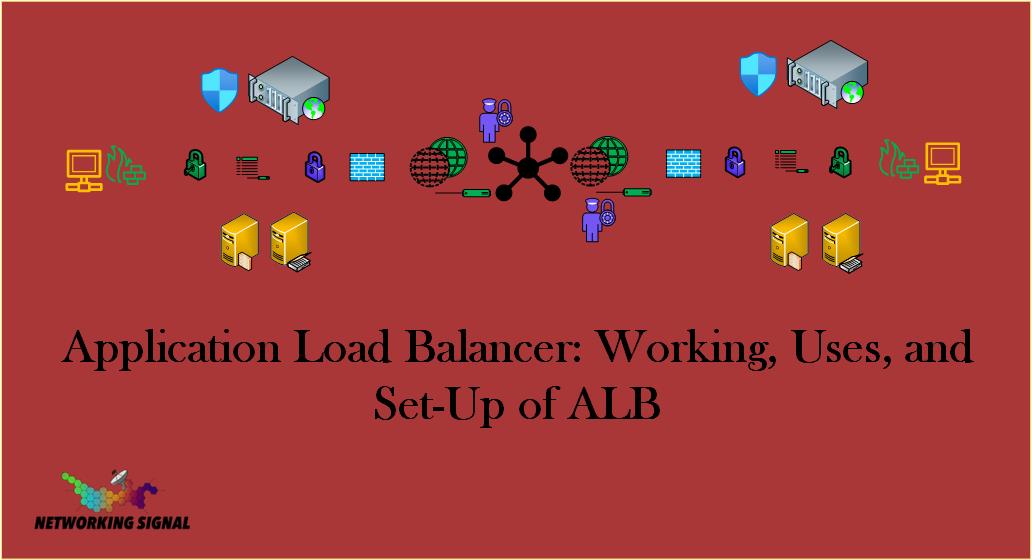What is an Application Load Balancer?
An ALB is a type of load balancer that operates at the application layer and directs traffic to applications based on how they are configured. This makes it ideal for use in microservices and container-based architectures where there may be many different applications running on a single server. ALBs can also provide advanced features such as request forwarding, content switching, and path-based routing.
How does an Application Load Balancer work?
An Application Load Balancer routes traffic to applications based on their unique configurations. This means that each application can have its own unique route, which can be set up to direct traffic to different parts of the application or even different servers altogether. This makes it possible to load balance traffic across multiple applications or even multiple servers.
Why use an Application Load Balancer?
There are several reasons why you might want to use an Application Load Balancer instead of a traditional load balancer.
- One reason is that ALBs can provide advanced features such as request forwarding and content switching, which can be used to improve the performance of your applications.
- Another reason is that ALBs can be used to load balance traffic across multiple servers, which can improve availability and scalability.
How do I set up an Application Load Balancer?
There are a few different ways to set up an Application Load Balancer.
- One way is to use a service such as Amazon Web Services (AWS), which offers a managed Application Load Balancer service.
- Another way is to use a software-as-a-service (SaaS) provider such as NGINX, which offers an ALB that can be deployed on your own infrastructure.
What are the benefits of using an Application Load Balancer?
There are several benefits of using an Application Load Balancer.
- One benefit is that ALBs can provide advanced features such as request forwarding and content switching, which can be used to improve the performance of your applications.
- Another benefit is that ALBs can be used to load balance traffic across multiple servers, which can improve availability and scalability.
What are the disadvantages of using an Application Load Balancer?
There are a few disadvantages to using an Application Load Balancer.
- One disadvantage is that you will need to manage the configuration of your ALB, which can be complex.
- Another disadvantage is that you may need to use a third-party service such as AWS or NGINX to manage your ALB.
How much does an Application Load Balancer cost?
The cost of an Application Load Balancer will vary depending on the provider you use and the features you need. However, in general, an ALB will cost more than a traditional load balancer.
What are some alternatives to an Application Load Balancer?
Some alternatives to an Application Load Balancer include a traditional load balancer, a reverse proxy, or a content delivery network (CDN).


1 thought on “Application Load Balancer: Working, Uses, and Set-Up of ALB”